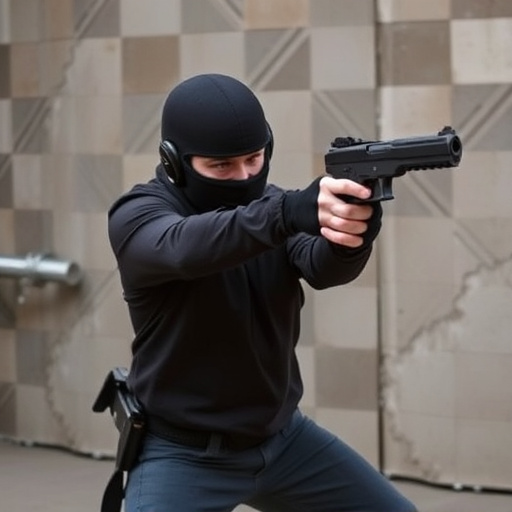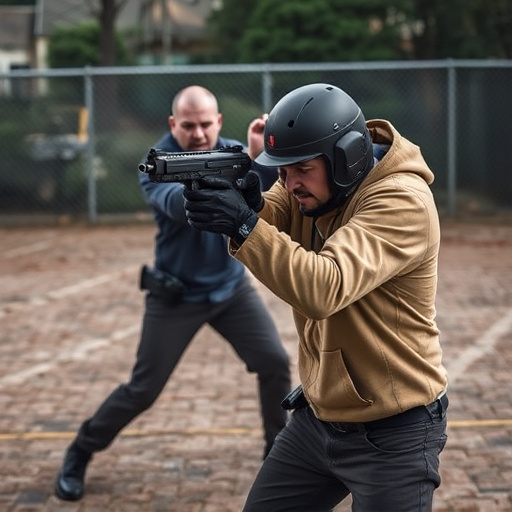“Paralysis Duration After Taser Deployment: A Comprehensive Overview” explores the critical question of how long individuals remain paralyzed after being stunned by a taser. This insightful article delves into the factors influencing paralysis duration, including taser type, body position, and individual health. We examine the reputation of various best stun gun brands for personal protection, analyzing their effectiveness and the potential outcomes they present, especially in light of the lingering effects of paralysis. Read on to understand the complexities surrounding this non-lethal self-defense tool.”

Paralysis Duration
When considering the best stun gun brands for personal protection, understanding the potential duration of paralysis from taser deployment is crucial. Studies suggest that the average stun gun can induce a paralyzing effect for 2-5 seconds, though this can vary based on factors like the model, voltage output, and physical build of the target. This brief window offers users precious time to escape or disable an attacker, making it a critical aspect when selecting self-defense tools.
Among top-rated stun gun brands, models designed with higher voltage outputs and advanced technology often boast extended paralysis durations, enhancing their effectiveness for personal safety. These devices are engineered to deliver powerful jolts capable of immobilizing aggressors for longer periods, ensuring users have the time they need to seek help or escape potentially dangerous situations.

Considerations to Take
When considering the best stun gun brands for personal protection, it’s crucial to understand the potential effects and risks associated with their use. However, there is a notable absence of reliable data on the duration of paralysis caused by tasers.
Research indicates that the effectiveness of stun guns varies significantly based on factors such as voltage output, contact duration, and the physical condition of the target. Most consumer-grade devices deliver between 50,000 to 1,000,000 volts, though voltage alone doesn’t determine stopping power. The placement of the electrodes, thickness of clothing, and even environmental conditions can impact the device’s effectiveness. Law enforcement grade tasers typically cause neuromuscular incapacitation lasting 5-30 seconds, while civilian models may produce shorter or less predictable results.
Ownership Legality
The legality of taser ownership varies significantly by jurisdiction, with regulations differing between countries, states, and even cities. In the United States, civilian ownership of tasers is legal in most states, though some require permits or impose restrictions on where they can be carried. States like Hawaii, New York, Rhode Island, and Massachusetts have strict limitations or outright bans on civilian taser possession. Many jurisdictions classify tasers as defensive weapons and regulate them similarly to firearms, requiring owners to be over 18 and pass background checks. International laws are generally more restrictive, with many countries like Canada, Australia, and the United Kingdom prohibiting civilian ownership entirely or requiring special permits. Users must also consider additional regulations regarding transportation, concealed carry, and specific locations where tasers are prohibited, such as schools, government buildings, and airports.
